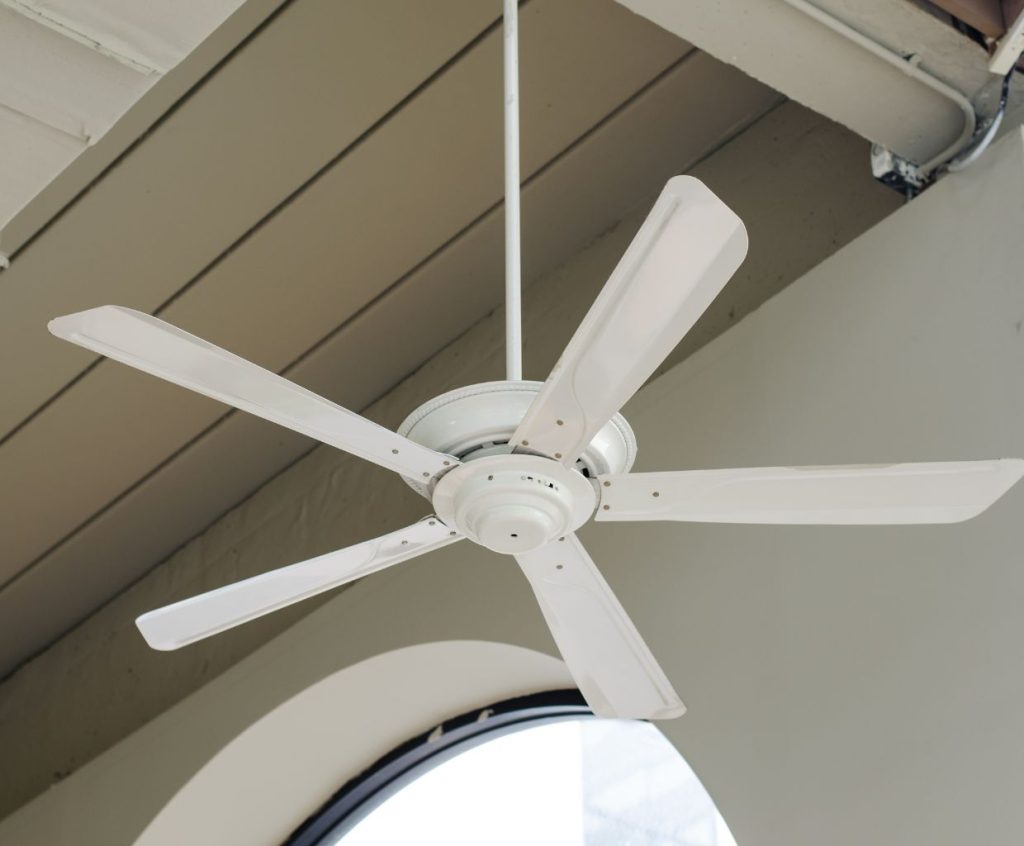Can you put a downrod on the flush-mount ceiling fan?
If you’re looking for a way to update your home’s lighting but don’t want to make a significant investment, flush-mount ceiling fans are a great option. You can find them at most hardware stores, and they come in traditional and contemporary styles.
However, if you already have a ceiling fan with an integrated light kit that isn’t working or reworking correctly and aren’t sure what kind of light would look best in your home, adding another one might be the best option.
Contents
- 1 Can you put a downrod on the flush-mount ceiling fan?
- 1.1 What are the pros and cons of a flush-mount ceiling fan?
- 1.2 How to install a ceiling fan with a downrod?
- 1.3 How do you put a downrod on a flush-mount ceiling fan?
- 1.4 Which is better, a downrod or a hugger ceiling fan?
- 1.5 How far should a ceiling fan be from the wall?
- 1.6 You can use a long downrod for your lighting
- 1.7 Downrod on the flush-mount – Conclusion
What are the pros and cons of a flush-mount ceiling fan?
The pros of a flush mount ceiling fan are that it is simple, stylish, and as heavy as a conventional ceiling fan.
The cons are that you can only use the light fixture that comes with the style of your flush mount ceiling fan, and if you have high ceilings or low ceilings, then this will be an issue for you because there may not be enough room between the ceiling and the light bulb.
On the other hand, downrods allow users to choose whatever type of light fixture they want with their decorating scheme.
Downrods also come in different lengths, so users can decide how far away from their walls they’d like their fans to hang. However, downrod-style fans tend to be bulkier than hugger-style ones due to how far away from walls they need to hang (and thus how much weight is pulled down).
How to install a ceiling fan with a downrod?
The first step to installing your ceiling fan is ensuring you have the right tools. This includes a hammer, wire cutters, and a tape measure.
Next, with all of your tools on hand and ready to go, it’s time to measure the distance from the ceiling to the floor and from the ceiling to where your light switch will be installed (if it isn’t already).
The next thing you need to do is mark off where each hole should go for everything to get properly aligned when it comes time for installation.
- See Also: Are Ceiling Fan Downrods Universal
How do you put a downrod on a flush-mount ceiling fan?
Remove the ceiling fan from the box. The first step in installing your flush mount ceiling fan is removing it from its packaging, which can be done by following the instructions provided by the manufacturer.
Remove the blades from the ceiling fan and place them aside for later use (if you want to keep them). You’ll need to remove at least one blade before proceeding with your installation. Still, if there are more than two blades, you may remove them all so that you don’t damage any of them while taking apart or putting together this piece of hardware in your home.
Install a downrod onto your flush mount ceiling fan assembly using its included screws or bolts as required based on how many holes exist within each part’s design specifications–this will depend on whether or not they’re designed specifically for this purpose (if they are, they’ll likely have pre-drilled holes in place so that you can quickly put them together).
Which is better, a downrod or a hugger ceiling fan?
The downrod is the protruding rod that extends from the ceiling fan to the ceiling. It’s used on high ceilings, when you want to hang your fan as high as possible (or if you want your room visually taller). Downrods are more expensive than hugger fans because they’re more attractive and require less installation effort.
They’re also easier to clean and maintain, since there isn’t a motor hanging off of them like there is in hugger fans. If your ceilings are lower than average height, a flush mount ceiling fan might be better for you—it’ll save you money and provide just about as much light as an ordinary chandelier hanging from the same spot would provide!
How far should a ceiling fan be from the wall?
Whether or not you can use a flush-mount ceiling fan depends on the size of your room and where your ceiling is positioned.
If your room isn’t too big, then putting a flush mount ceiling fan in it will make sense because it’ll save you from having to pay for an extra long downrod (a downrod is what connects the motorized part of the light fixture with the actual blades).
However, if your home has large areas that require lighting fixtures with longer spans, then using one without an extension rod would be hazardous and efficient.
You can use a long downrod for your lighting
If you want to install a long downrod, consider some things. First, look at your ceiling fan and measure the electrical box is on the same side as where you’ll be putting your long downrod. You don’t want to go through all the work of installing an extension only to find out later that it won’t fit in the electrical box because it’s on different sides of your light fixture.
Next, look at how much room there is between where you plan to put your flush-mount ceiling fan and your outlet. If it has enough space (usually about 3 inches), then yes! You can use a long downrod for lighting with no problem at all!
Downrod on the flush-mount – Conclusion
In conclusion, if you are looking for a ceiling fan that is flush mounted and has a low profile, then the downrod will be a good option. A downrod is simply an extension of your ceiling fan’s hanging rod, allowing it to hang lower than average.
Although these fans are often called flush mount ceiling fans, they do not attach directly to the ceiling (which would make them impossible to install without first removing tiles or drywall). Instead, they attach via this extension rod which hangs from the top of your existing fixture.


